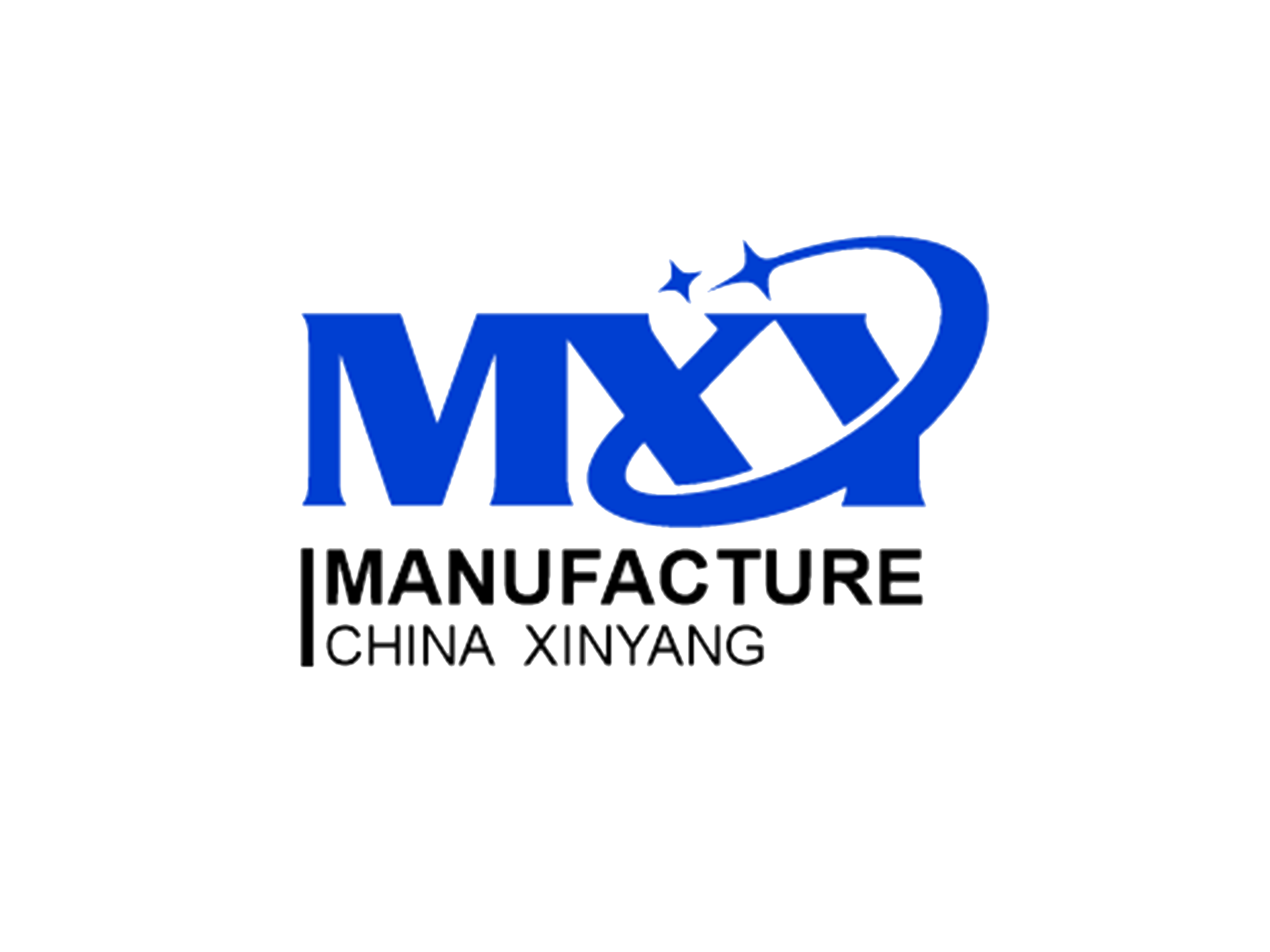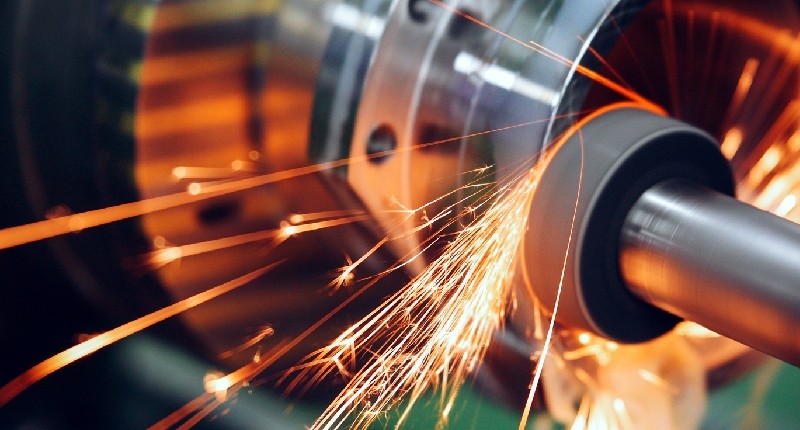
CNC Grinding
CNC grinding is a high-speed machining process that employs a rotating abrasive wheel to eliminate material from a workpiece.
The CNC segment of the operation involves utilizing computer numerical control (CNC) to accurately regulate the grinding wheel’s movements, ensuring exceptional precision and consistency.
Prior to the early 1980s, CNC grinding was primarily used for the final stages of production to achieve polished surfaces and high-quality finishes on workpieces. Nevertheless, technological progress has significantly enhanced the capabilities of CNC grinding machines, making them more robust and adaptable for use throughout all phases of production.
Nowadays, the CNC grinding procedure is commonly split into two phases: roughing and finishing. The roughing phase is the initial step of the procedure, during which the grinding wheel eliminates a significant quantity of material from the workpiece. On the other hand, the finishing phase is the concluding step of the process, where the grinding wheel eliminates a minor amount of material to attain the desired surface finish. Each phase employs distinct grinding wheel structures to accomplish their intended result.
how is the cnc grinding working?
CNC grinding machines employ a rotating, abrasive wheel to eliminate material from a workpiece.
Machines at their fundamental level are equipped with a workpiece bed and a high-speed wheel. Some machines have a movable grinder head that traverses across the workpiece, while others have a stationary head with the workpiece moving around it. The positioning of the wheel head and workpiece commonly involves 3 to 5-axis movement. A grinding machine serves as a force multiplier in any production facility, enabling the production of a diverse range of components using various materials and in different hardened or coated conditions.
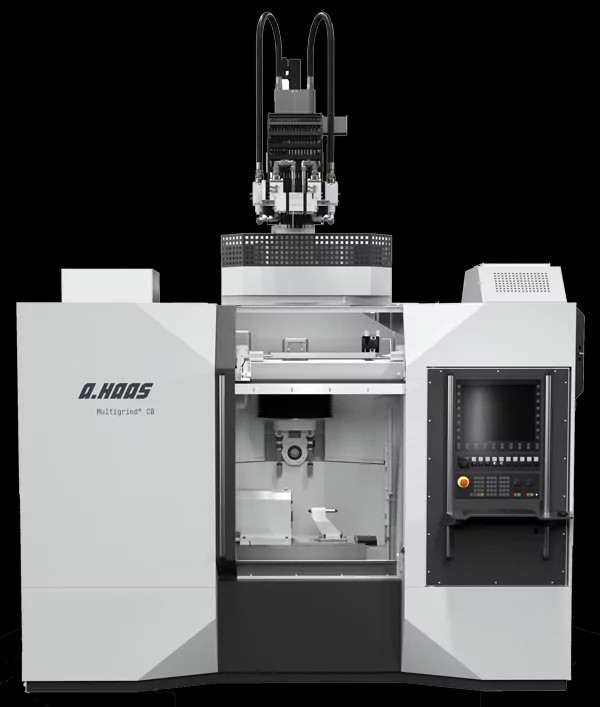
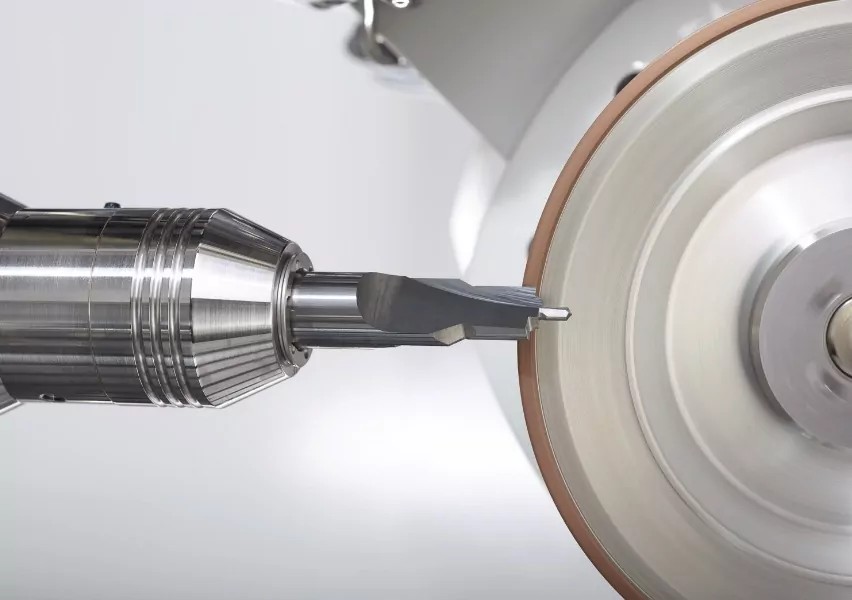
The accuracy of a CNC-ground surface is unparalleled.
This level of precision has been made possible through years of advancements and progress.
Modern CNC grinders serve as highly efficient production hubs, producing precise components quickly. Selecting the appropriate grinding machine can significantly impact manufacturers.
What is the cnc grinding parts used for?
CNC grinding machines are utilized in machine shops to meticulously shape workpieces, eliminating surface roughness and attaining precise tolerances to achieve a superior surface finish on components.
Grinding offers a cost-effective solution in cases where conventional milling or turning consumables become too expensive for metal removal due to the application of complex coating or hardening processes on a component.Many engineers perceive grinding as a concluding procedure carried out during the later phases of production, when the worth of a component is exceptionally high. Due to the progress in grinding wheel technology, grinding machines are now being contemplated for implementation earlier in the manufacturing process to eliminate substantial quantities of metal.
Applications of CNC grinding
There exists an extensive range of grinding processes and machines, encompassing surface, centreless, cylindrical, internal, jig, continuous dress, creep feed, multi-axis, and special grinding. With this vast assortment of processes at the disposal of engineers, grinding is employed in numerous applications. It proves to be a favorable choice for industries requiring swift removal of substantial material quantities from a workpiece or the attainment of commendable surface finishes on components.
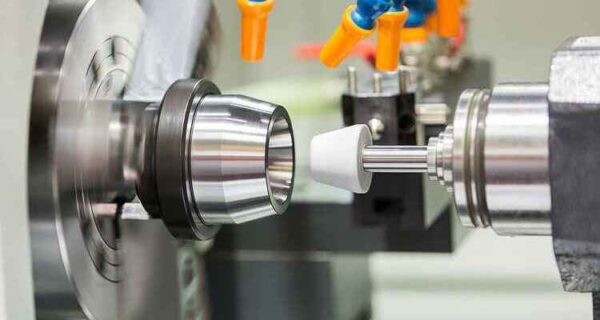
6 Benefits of CNC grinding
Accuracy and repeatability
Grinding is capable of creating components with extremely precise tolerances, a critical requirement for numerous applications and sectors such as aerospace and medical. Additionally, grinding helps minimize waste production.
Complex shapes
Grinding enables the production of intricate shapes or superior surface finishes that would pose challenges or be unattainable through alternative machining techniques.
Range of materials
Grinding is a versatile method that can be utilized for machining various materials such as hardened steel, nickel alloy, samarium cobalt, aluminum, brass, and ceramics. Additionally, coated materials that would quickly wear out milling or turning tools can also be effectively machined using grinding techniques.
Speed
Grinding is an efficient process that can swiftly eliminate large amounts of material. State-of-the-art CNC grinders have the capability to save both time and money through their rapid material removal capabilities.
Low consumable costs
The economic value of a grinding wheel can be assessed by considering its cost per part, as it comprises numerous cutting faces. Moreover, replating specific types of wheels can further decrease the cost per part.
Range of options
There is an extensive range of grinding machines offered in the market to cater to diverse requirements and production environments.
